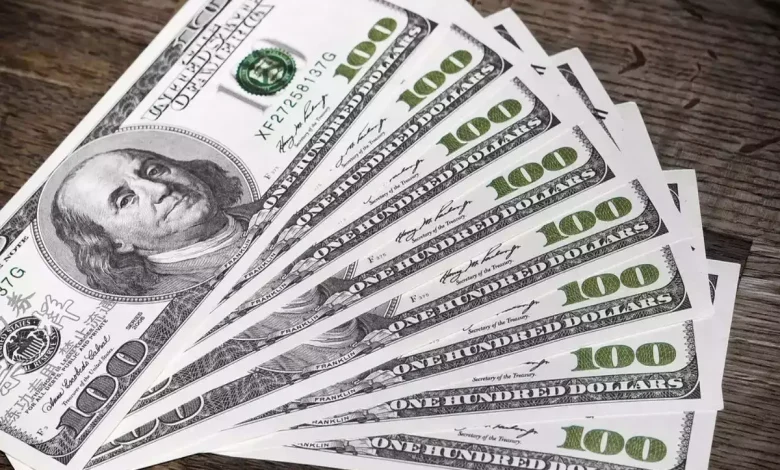
The U.S. dollar saw a slight increase on Wednesday as investors assessed the uncertainty surrounding the U.S. economic outlook and speculation about the timing and scope of potential U.S. tariffs.
Next week, U.S. President Donald Trump has threatened to impose, or at least outline, a new round of tariffs on autos, chips, and pharmaceuticals, adding to market uncertainty.
Meanwhile, British markets were focused on Finance Minister Rachel Reeves, who was expected to announce spending cuts later in the day in an effort to reassure investors that she can be trusted to address the public finances amid faltering growth.
“Investors are keeping their positions light ahead of a U.S. tariff announcement,” said Athanasios Vamvakidis, head of forex strategy at Bank of America. “Even if the headline numbers are high, it will take time to implement tariffs, leaving room for potential negotiations,” he added.
For the quarter, the dollar index, which had surged strongly between September and January, is set for a roughly 4% decline. It was last up 0.05% at 104.28.
George Saravelos, head of forex strategy at Deutsche Bank, cautioned against extrapolating a large move beyond the day of the tariff announcement, noting other factors like fiscal stimulus in Germany, Canada, and China, and fiscal tightening in the U.S.
U.S. consumer confidence data released on Tuesday, which showed a sharp drop to the lowest level in over four years, highlighted how uncertainty is weighing heavily on households.
The euro, which had been edging lower since reaching a five-month high, fell to $1.0776. The single currency had surged in early March after Germany approved plans to increase its fiscal spending.
Bank of America noted that its proprietary flow data showed an acceleration of euro selling from official sector entities—such as sovereign wealth funds and central banks—beginning last week.
The dollar briefly dropped below 150 yen before rising to 150.20 yen, but traders remained hesitant as a potentially chaotic week of tariff announcements loomed.
The trade-sensitive Australian dollar hovered just above 63 cents, showing little movement after February’s consumer inflation data came in slightly softer than expected.
In emerging markets, Turkey’s lira found stability just below 38 to the dollar after the country’s finance minister and central bank governor assured investors they would take necessary steps to address market turmoil sparked by the arrest of President Tayyip Erdogan’s main political rival.





